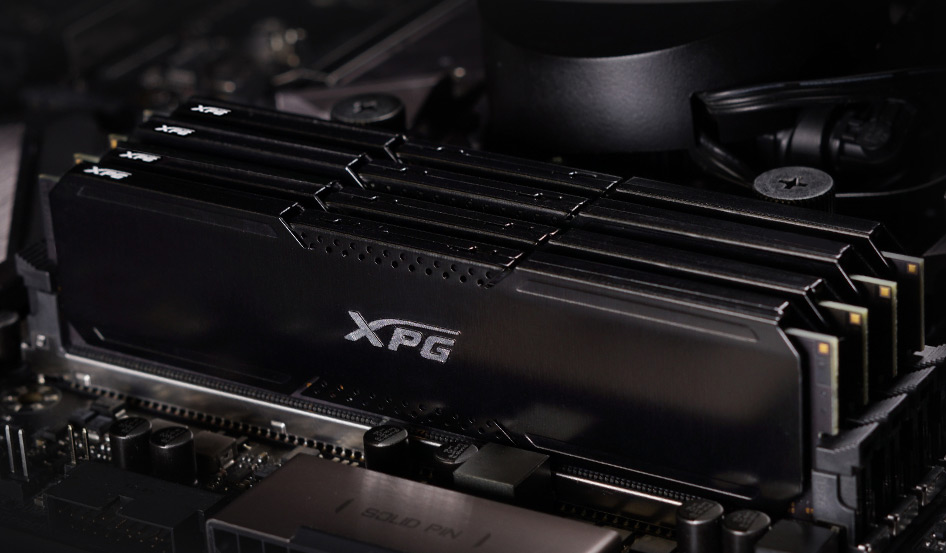We’re about to hear about a lot of exciting tech announcements at CES 2021 next week. That hasn’t stopped Adata from revealing info about its first DDR5 kits built for consumer markets though. It also announced a partnership on January 7 that involves prominent motherboard manufacturers MSI and Gigabyte. The goal is to provide an “optimized experience through ensuring synergies between ADATA’s DDR5 modules and their latest Intel platforms.” Clearly, there’s a lot of cooperation going on, and the results sound overwhelmingly impressive.
We’ve known about DDR5 JEDEC specifications since mid-2020, but we assumed many of the first kits would fall in-between date rates of DDR4-4800 and DDR5-6400 MT/s. Higher end versions would then eventually work up to the top of the spec at 8400 MT/s. While our original assumptions may still be the case for early DDR5 kits, it hasn’t stopped Adata from creating a top-of-the-line product right out of the gates. Adata has in fact achieved the maximum spec of 8400 MT/s for a consumer-oriented DDR5 kit along with capacities of up to 64 GBs. It also appears to be the first manufacturer to flaunt such an achievement.
In addition to the blazing fast speeds, the DDR5 spec will include other new features like single error correction (SEC) ECC, DFE (decision feedback equalizer) to eliminate noise at high frequencies, revised training modes, on-die termination, and two independent 32/40-bit I/O channels (non-ECC/ECC) per module. In addition to that, DDR5 will offer lower power consumption, which will be particularly important in mobile applications. You can find even more technical information about the DDR5 JEDEC standard here.

Setting consumers up for the long term
If that’s all above your head though, you can simply look forward to better stability, less power usage, more capacity, as well as increased bandwidth per CPU core. It’s a standard that will hold up extremely well as chipmakers like AMD continue to push x86 CPU core counts to new levels using chiplet designs and related technologies. Furthermore, just like DDR4 had a long lifespan, we can expect the same for its successor. In truth, DDR5 seems ahead of its time for normal users. It will take years for hardware and software to truly leverage the generational advances.
Yet with all of this great talk, a lot still remains unclear about DDR5, so Adata will need to explain more since it’s leading the charge. We’re hoping to learn about pricing obviously, because DDR5 will be more costly for various factors, such as the inclusion of ECC. Just like with all new technologies, there will be a manufacturing cost premium too until volume, competition, and demand all drive things to affordable numbers.

There’s also the matter of compatibility, as neither Intel nor AMD have revealed what exact consumer products will support DDR5 compatibility. We’re assuming the Alder Lake and Zen 4 architectures will see the first implementations, but that’s just speculation for now. Perhaps we will learn more during CES 2021, as Adata mentioned it will provide more news on January 11 about this DDR5 series. Despite all of this, we’re still excited to see the design spec converting into tangible products at last.







Published: Jan 7, 2021 08:00 pm